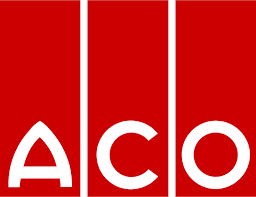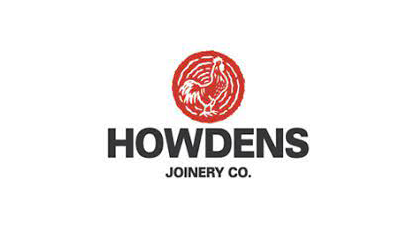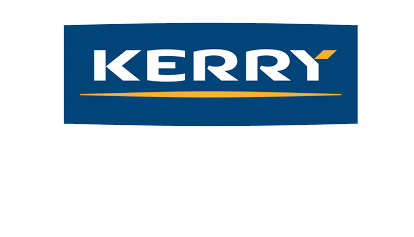
- Details
- Category: Blog
I’m coaching a Continuous Improvement Facilitator who recently complained that getting front line personnel time released for improvement activities is difficult because of the tendency for managers to chase output above all else. In addition, recurring problems continue to constrain output so there is pressure to keep lines running. Over the years, headcount has been reduced so there is little room for manoeuvre... or so it seems.
The dilemma faced by this CI Facilitator is not uncommon.
Why is that?
This company, like any successful manufacturer is very data driven. Performance against daily key performance indicators is seen as front and centre of the Team Leaders role.
Unfortunately as with most performance management set ups, daily key performance indicators focus on short term metrics such as performance plan achievement (AKA Output).
The outcome is a "vicious cycle" where unplanned events that impact on today's output use up resource which could be better directed towards preventing the issues which caused the problem in the first place.
To change that requires a shift in Team Leader planning horizons from actions to meet today's production plan to that of a longer term perspective involving actions to deliver the full potential future performance.
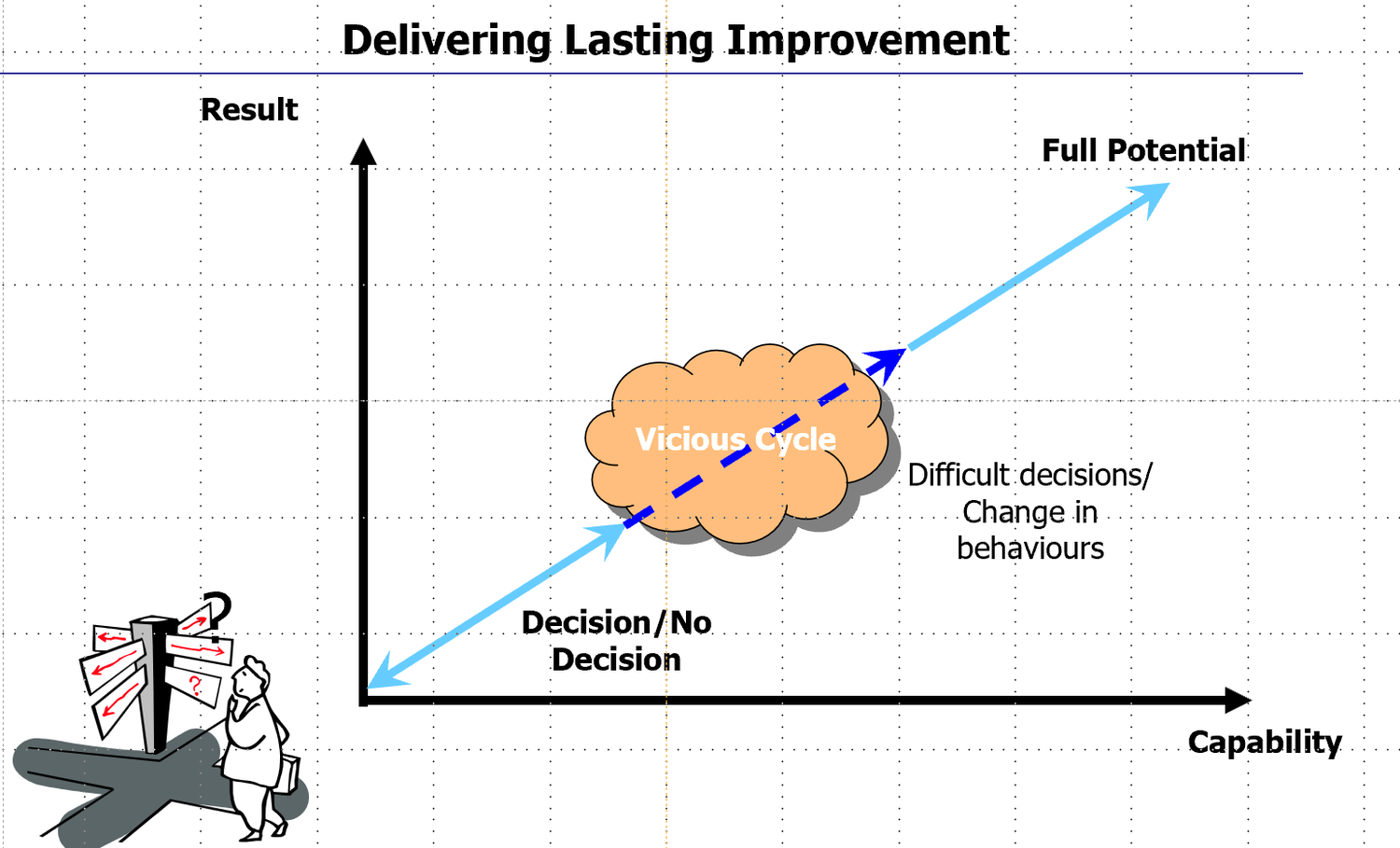
Figure 1: Achieving the full potential means breaking through the Vicious Cycle.
It may be self evident that investing time to fix problems that directly constrain daily performance is a worthwhile activity. You have to take time to save time.
Unfortunately, in the white heat of day to day management the pragmatic response is to focus on the problems in front of us rather than work through the more complex actions to improve future performance.
In addition, the traditional role of front line personnel is to carry out the work rather than carry out improvement activities yet typically time spent by front line teams on activities to improve future performance delivers annual benefits of 4 to 6 times the cost.
That is at least as valuable as the time spent running the line. The added bonus is that if you get that right, the lasting improvement is free for every year after that.
In addition, front line involvement in the improvement of work routines is also a powerful leadership lever for workforce engagement and problem ownership.
Unfortunately, despite the emphasis on data driven decision making, an explanation of this logic isn't enough on its own to change habits and establish new leadership practices.
It takes time, opportunity and support to develop the Leadership insight, experience and instincts needed to break out of the Vicious Cycle and deliver the full operational potential.
How to counter that weakness
The answer lies in helping Team Leaders to develop their capability to manage future performance levels by engaging front line teams in surfacing weaknesses and systematic improvement.
The most effective way to do that is through practical projects.
My coaching plan for the above CI Facilitator involves helping her and her colleagues to use team based improvement projects alongside normal duties to develop capabilities for:
- Bottom up delivery of systematic improvement,
- Enhanced collaboration across functional and management levels,
- Leadership development of top down direction and goal clarity.
The coaching plan involves use of the TPM roadmap improvement toolsets shown below to guide the systematic development of people, processes and procedures to deliver business improvement goals.
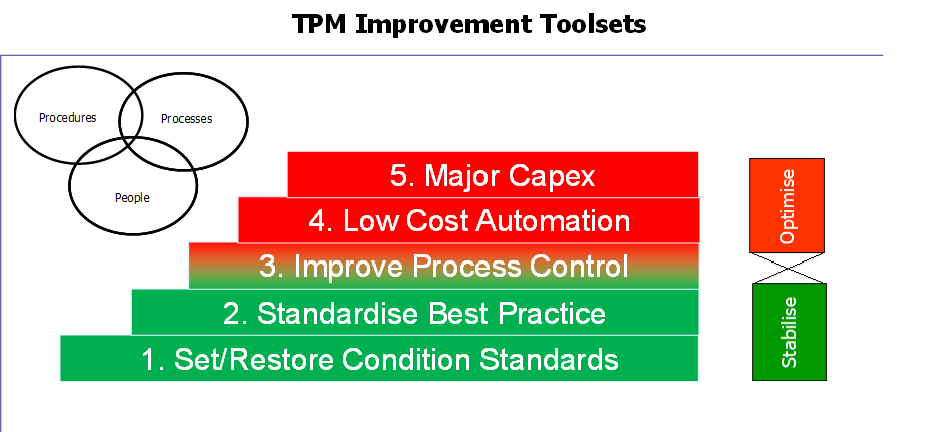
Figure 2: TPM Roadmap Improvement Toolsets
That starts with developing front line team capabilities to establish basic equipment condition standards. Although this may traditionally be seen as the domain of maintenance, locking in the gains depends on cross functional ownership of condition standards. Specifically Operators have a role in reducing accelerated wear and providing the feedback to systemise work routines and prevent human error. Maintenance has a role to play in developing insights to improve the quality of maintenance. These are the foundations that to stabilise and extend component life on the journey to zero breakdowns.
The first step alone is worth 5 to 10% more output but to sustain the gains and progress further requires attention to step 2 to refine and standardise best practice.
These 2 first steps can resolve around 85% of the causes of breakdowns.
Success here also releases engineering and technical resource to apply toolsets 3 to 5 to accelerate progress towards higher levels of effectiveness, improved yield, reduced energy use and enhanced resilience. Achievement of step 4 can generate as much as 50% higher levels of effectiveness.
As each of these steps involves changes to the standard methods and this is the domain of front line teams, these steps also engage the front line teams in actions to transition to new ways of working.
In short, by engaging the whole workforce in practical, business led projects, progress along the TPM road map simultaneously develops both Top Down leadership and Bottom up capabilities to deliver the full potential.
What's not to like?
To find out more check out our free resource guide here our for an overview of our support plans click here or to contact us click here

